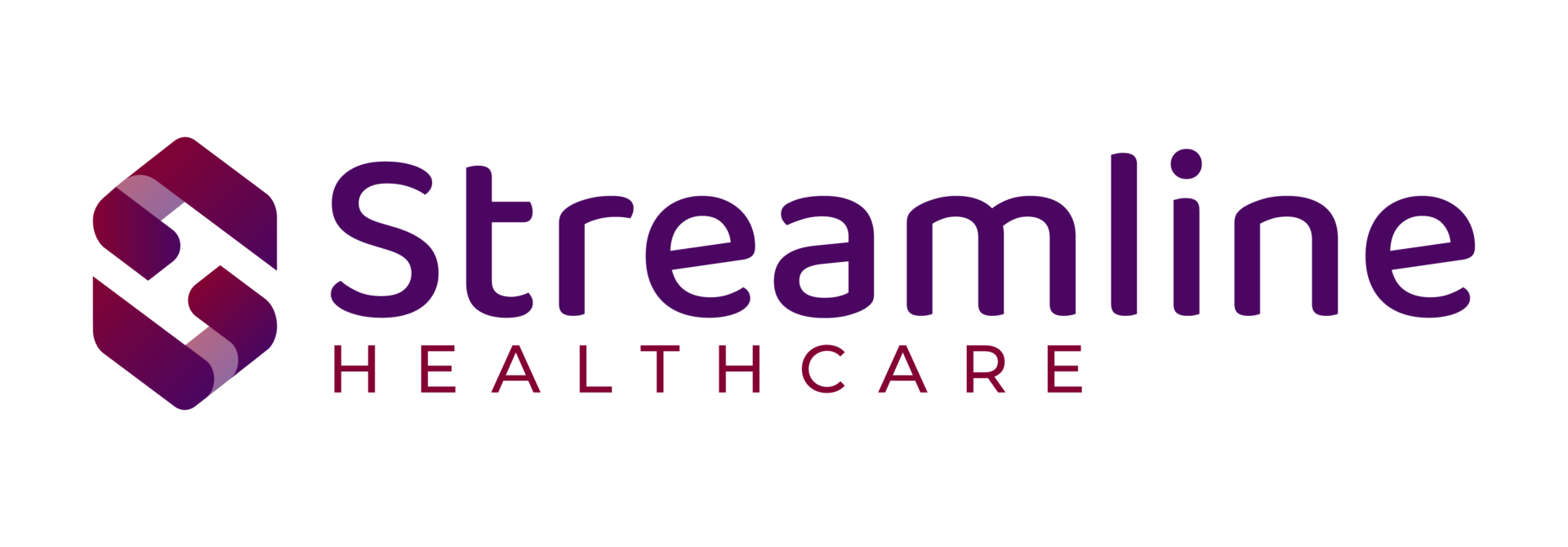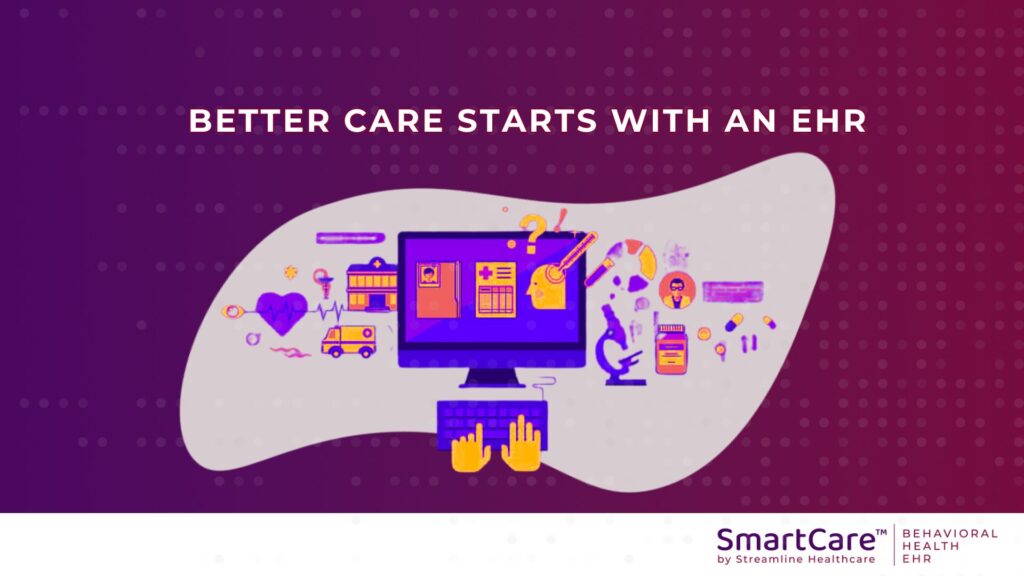The State of Whole Person Care 2022: Great Promise, Significant Challenges Part 2
A growing body of evidence is confirming the value of Whole Person Care (WPC), and everyone from the federal government to states to the nation’s largest insurers is backing the concept. As more organizations attempt to implement it, however, the challenges are becoming clear.
Part 1 of this post explored why Behavioral Health providers are well positioned to drive Whole Person Care initiatives and the challenges they face in implementing WPC. Part 2 provides insights on how Behavioral Health providers can overcome these challenges and make WPC a success. For a more detailed look at both parts, view our webinar “How your organization can lead the charge in WPC.”
The Promise and Challenges of Whole Person Care for Behavioral Health Providers
WPC involves the integration of physical health, behavioral health, and social needs to improve outcomes for individuals. This is something most Behavioral Health providers have been doing in some form for years, and something they have been doing more of as initiatives like CCBHCs grow. This positions Behavioral Health providers well to take WPC to the next level. However, as noted in Part 1, providers face challenges, including:
- Forging partnerships with other provider and community organizations.
- Sharing data across organizations.
- Measuring and quantifying progress and outcomes of WPC program initiatives.
Insights on Overcoming Whole Person Care Challenges
For a detailed analysis of Whole Person Care programs in California, check out this Report from the UCLA Center for Health Policy Analysis. Following are some insights for providers in dealing with the challenges, with a particular focus on the Target Population WPC model.
Partnering
To help determine whom to partner with in the community, begin by identifying the target population most likely to benefit from Whole Person Care and conduct an analysis to fully understand their needs beyond behavioral and physical health—insurance needs, legal needs, housing needs, employment and income needs, etc.
Based on this analysis, identify the strengths and weaknesses of your organization and of potential partners in meeting key needs to determine which organizations in your communities would be the best partners, from health care providers to housing and employment resources to law enforcement agencies.
Once an organization has indicated they are willing to participate in a WPC program, work with them to identify the shared needs or issues that will help the individuals you both serve. Establish shared goals. Set the program parameters based on the goals and establish any legal agreements needed.
The real key to successful partnerships, however, is to build relationships with the right people at the community partner organizations. Delivering Whole Person Care is complicated, and cooperation and trust among those working on the Program are key to successfully navigating the nuances of WPC.
Sharing Data
Sharing of data with partners is crucial for the success of Whole Person Care, but it can be one of the most challenging aspects of these programs as well.
Having a robust Electronic Health Record (EHR) platform capable of incorporating and reporting on different types of data from multiple types of organizations is a significant advantage in developing a WPC program.
Beyond the technical aspects, HIPAA considerations are key.
When sharing individual data with physical health care partners either directly or via a Health Information Exchange, remember to take into account that the HIPAA regulations are different for sharing physical health information vs behavioral health information.
Other community partners may not be familiar with HIPAA regulations. For these organizations, consider
Business Associate Agreements and establish a process for managing HIPAA considerations including Breach Notifications.
Also, consider obtaining a consent form up-front from the individual under care agreeing to the sharing of certain information among WPC Program partners.
Measuring Progress and Outcomes
First, set goals for the Whole Person Care program. These will vary based on the populations served, but typical WPC population goals include:
- Improved demographics (e.g., reduced homelessness and unemployment)
- Lower hospital and emergency department admission rates
- Reduced incarceration rates
- Improved reimbursement for services (e.g. increase in those Medicaid enrolled) and reduced cost of services
- Improved patient/client perceptions
Next, determine how to measure progress and outcomes related to the goals and the data required for these metrics. As much as possible, start with the data that is already available from the Electronic Health Record (EHR) platform or from community partners. This will reduce the cost of getting the WPC program up and running. Then, determine upfront what additional data is needed, from which partners, and develop processes to collect and track that data. Data on hospital admission rates, for example, should be relatively easy to get; arrest and incarceration data, less so.
Finally, develop reporting that demonstrates progress toward the program goals. Sharing this progress among all organizations in the program will help motivate everyone to keep working together to make Whole Person Care a success.
Streamline SmartCare™: A Comprehensive EHR Solution Designed for Behavioral Health and Human Services
Streamline’s SmartCare™ is an enterprise, cloud-based, single-platform, and intelligent Electronic Health Record (EHR) platform designed specifically for Behavioral Health and Human Services organizations. SmartCare™ enables organizations to take a more comprehensive, seamless approach to operations, care, and analytics, making it ideal for sophisticated strategies such as Whole Person Care. Experience a demo of SmartCare™ today.




